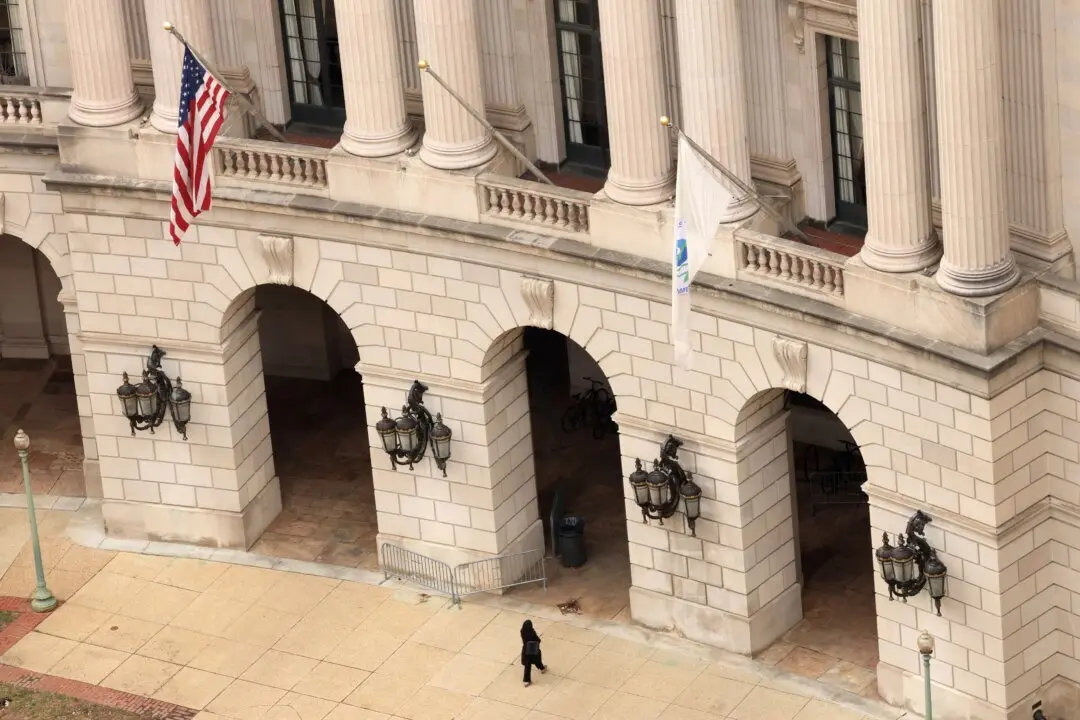BERLIN—Police raided apartments across Berlin early on Tuesday and detained three people suspected of involvement in a jewel heist at a museum housing one of Europe’s greatest collections of treasures, officers said.
Thieves forced their way into Dresden’s Gruenes Gewoelbe, or Green Vault Museum, in November last year and got away with at least three sets of early 18th century jewelry, including diamonds and rubies.





